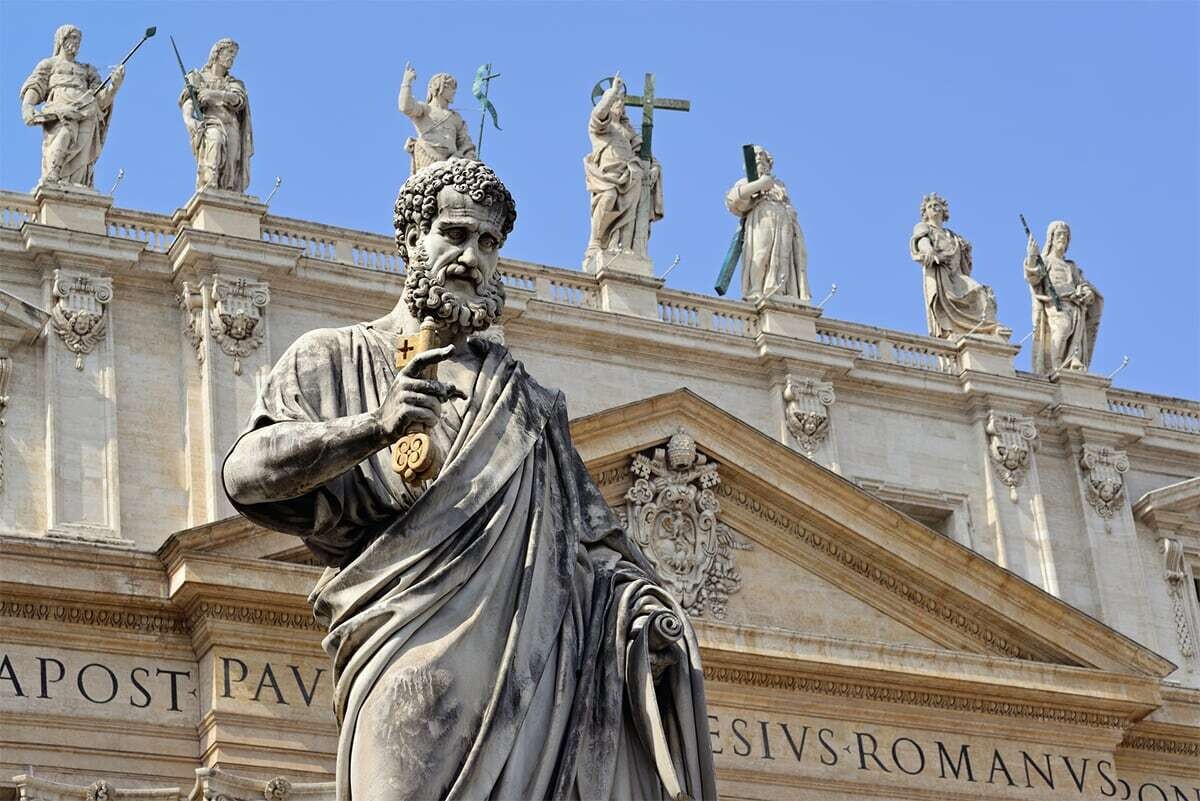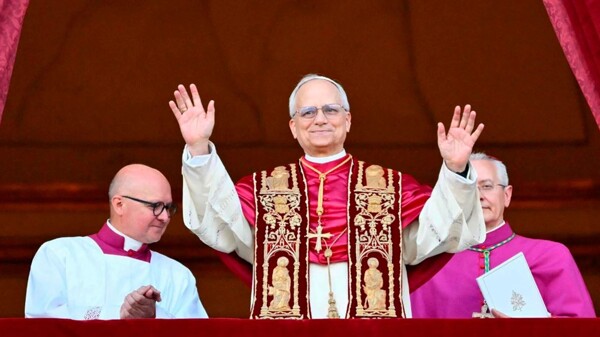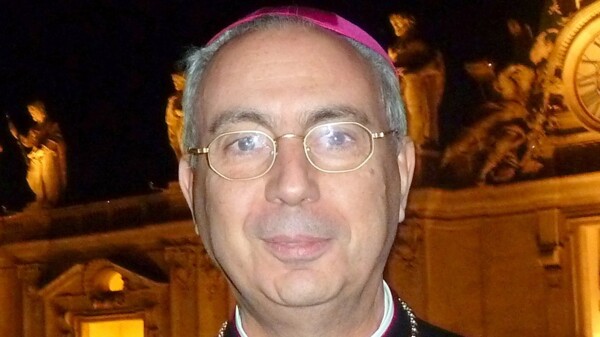
Throughout the history of the Catholic Church, each new Pope has adopted a symbolic name upon assuming the papacy. This tradition dates back to the year 533 when Pope John II decided to change his birth name, Mercurius, as he considered it incompatible with the Christian faith. Since then, this act has become a significant aspect that marks the beginning of new leadership in the Church.
By announcing the papal name from the balcony of St. Peter's Basilica, the Pontiff chooses to pay tribute to a saint, to a predecessor whose virtues he wishes to emulate, or to project a message about the priorities of his papacy. For example, the choice of a name like Francis reflects values of humility and closeness to the poor, in honor of St. Francis of Assisi.
Over more than two thousand years of history, no Pope has chosen to call himself Peter II, primarily out of respect for St. Peter, regarded as the first Pope and leader of the Church. Using this name would be interpreted as a direct comparison with the apostle and a lack of humility. Although changing one's name is not mandatory, this tradition has become established as a symbolic way to inaugurate new leadership in the Catholic Church.
The announcement of the papal name not only reveals the identity of the new Pope but also the tone and legacy he will seek to establish during his papacy. This custom has been adopted by the successors of John II to become an unwritten norm within the Vatican. The choice of the papal name is a personal and free decision that symbolizes a spiritual rebirth and a renewed commitment to the pastoral mission, marking the beginning of a new chapter in the history of the papacy.













